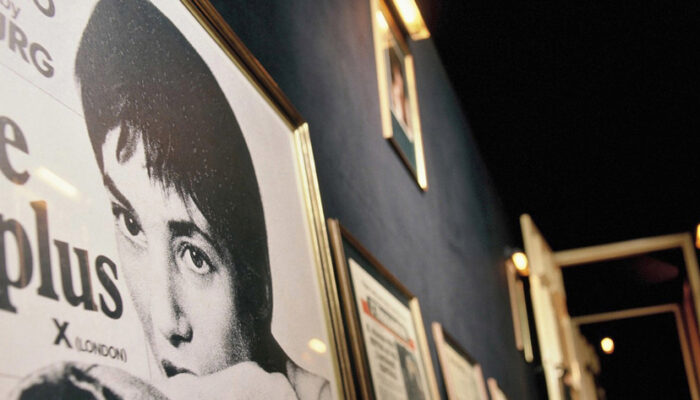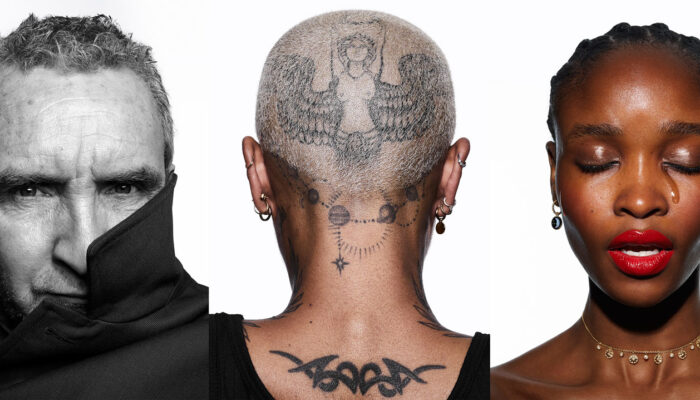Nan Goldin, The Beautiful Smile

Words by Max Grobe.
The Beautiful Smile by Nan Goldin is a newly reprinted book of the photographer’s Hasselblad award-winning photo series. Critically-acclaimed, but with a cult impact, Goldin’s work highlights the permanence of loss, but also the power of memory. She is quoted as saying, “I used to think that I could never lose anyone if I photographed them enough. In fact, my pictures show me how much I’ve lost.”
Goldin treated her photographs like a diary, and like other great published diaries, it’s a hugely empathic vantage point from which to see the world. The snapshots, which stretch from the ’70s, ’80s and ’90s across New York, Mexico, Tokyo, Berlin and London are intensely intimate. The hedonism, and certainly there is evidence of plenty, is indirect compared to other image-makers of the time.

Amanda crying on my bed, 1992.

Elio sleeping in Giudo’s arms, Centre Pompidou, Paris 2007.
Goldin, by her own admission, spent most of the ’80s totally dependent on drugs and, in fact, she started taking photos simply to remember what was happening the night before. Before long, the camera lens became a natural extension of her being, which is perhaps how she manages to capture her notion of every day with such endearment. With Goldin’s subjects lying on dirty beds or in bath-tubs, much of her photography feels like the quiet, but arresting moments between bigger events, the before, and the after.
Preserving our memories through images is something a contemporary smart-phone user won’t have a problem adjusting too, but Goldin’s work, as seen in The Beautiful Smile, sees life when time flowed differently. Observed from 2018, where media has been commodified – images of clarity or beauty can be sold as “shareable moments” – there’s a lot to be said for Goldin’s photographs, which as the backdrop of an AIDS epidemic implicates, can’t be repeated or repackaged.

Jens and Clemens embracing, Paris 2007.

Bruno smoking a joint (Valerie’s legs), Paris 2001.
As her photographs are of people who fell into marginalised groups – the LGBT community, those living with HIV, or even children – Goldin’s images are often thought of in the realms of “giving a voice to the voiceless”, but what’s so refreshing about the images in The Beautiful Smile is they highlight, how un-othered Goldin’s friends really were.
There is a palpable joy in seeing her capture these groups of people, their intertwined stories and voices, whilst she seeks somebody to connect with. While there is an abundance of sadness in her images, what really permeates through, is the love that Nan Goldin was able to give, and receive, in a life that most can’t imagine.
Nan Goldin ‘The Beautiful Smile’ is published by Steidl and can be purchased here.




